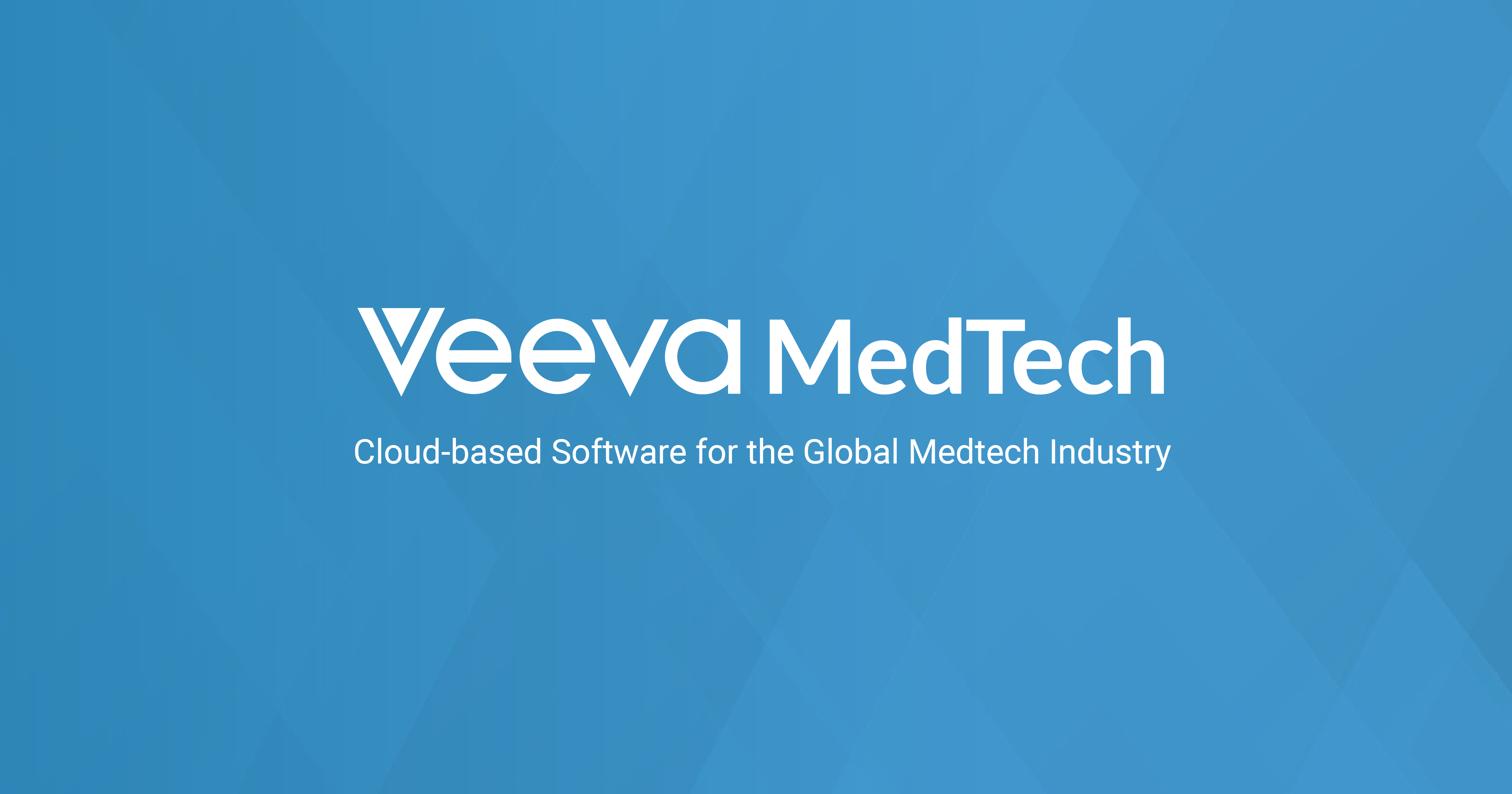Clinicians Working with Health Information Communication and…



In the dynamic world of healthcare technology, our healthcare organisation is continually adapting and adopting better approaches, one that places clinicians at the heart of health technology innovation. As healthcare systems continue to evolve rapidly, the collaboration between clinicians and Health ICT (Information, Communication and Technology) teams has emerged as a driving force behind the advancement of clinical systems, ultimately enhancing clinician (end-user) experience and improving patient care and outcomes.
A key to this mindset is a recognition that clinical systems must not only meet the technical requirements of IT professionals but also seamlessly integrate into the workflows of frontline clinicians. Health ICT is exciting because it can not only integrate into workflows but also enhance workflows that improve the user experience and save time, which allows clinicians to spend more time caring for their patients. To achieve this, the collaboration between technical and clinical teams is imperative, and current dynamics are improving this collaboration, ultimately improving the way we provide healthcare.
The integration of clinical expertise into the design, implementation, and optimisation of healthcare technology solutions is proving to be instrumental in addressing the complex challenges faced by healthcare organisations. Clinicians bring invaluable insights into the nuances of patient care, workflow processes, and user experience—all of which are critical factors in the successful adoption and utilisation of the current and emerging clinical systems.
Take, for example, the implementation of any new electronic medical records (eMRs) or other digital healthcare systems. By actively involving clinicians in the development, testing and refinement of these systems, Health ICT teams can ensure that they are not only user-friendly but also aligned with the needs and preferences of those who rely on them daily. This collaborative approach leads to more intuitive interfaces, enhanced workflows, and ultimately, improved efficiency and effectiveness in patient care delivery.
The success of this collaboration model is to have permanently employed clinicians in the Health ICT field. I am the leader of a new team that provides clinical support for localised speciality clinical support. The time consists of a mix of specialities, including Pharmacy, Nursing and Administrative and provides training, application support, application enhancements and project management for current systems used for Intensive Care, Cardiology, Oncology, and medications used across a large geographical area that includes nearly 50 facilities.
Furthermore, our team of clinicians’ involvement in the identification and prioritisation of system enhancements and optimisations is vital. Our team actively seeks feedback from frontline staff on anything that is broken or potential enhancements. The team then relayed this information along with the workflow impact to the technical Health ICT teams, allowing them to adapt their efforts to address the most pressing needs of clinicians and patients alike.
Moreover, within our Health ICT team, Clinical Engagement Officers collaborate closely with the Project Management team. When we get new demands in the pipeline, they Clinical Engagement Officers draw from their clinical knowledge, and liaise with clinicians, create current state workflow documents, and develop the desired future state requirements, and consolidate these findings into a comprehensive requirements document. These documents play a pivotal role in the tender process for acquiring new clinical systems and having strong clinician involvement at the start of the process means that the desired outcome will be achieved or exceeded.
The success of this collaborative model is exemplified by real-world initiatives where clinicians and Health ICT teams have joined forces to drive innovation and improvement. From the development of specialty-specific modules to the implementation of bedside barcode scanning systems, these initiatives are reshaping the landscape of healthcare delivery, one collaboration at a time.
As healthcare organisations continue to navigate the complexities of modern healthcare delivery, especially in our area where a lot of clinical services are provided virtually, the importance of bridging the gap between clinicians and Health ICT teams cannot be overstated. By leveraging the unique expertise and perspectives of both groups, healthcare organisations can unlock new possibilities, driving continuous improvement and innovation in the pursuit of better patient outcomes.
link






